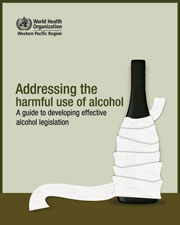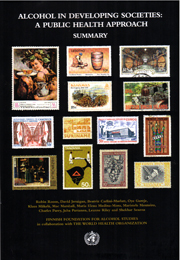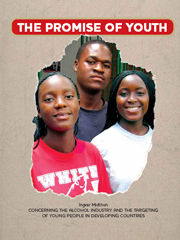
Human Development Report 2009 addresses global disparities and migration issues
This year’s HDI, a summary indicator of people’s well-being—combining measures of life expectancy, literacy, school enrolment and GDP per capita—has been calculated for 182 countries and territories, the most extensive coverage ever.
A presentation of the 2009 Human Development Report from UNDP can be found here, together with the report itself.
“Despite significant improvements over time, progress has been uneven,” says the Report’s lead author Jeni Klugman. “Many countries have experienced setbacks over recent decades, in the face of economic downturns, conflict-related crises and the HIV and AIDS epidemic. And this was even before the impact of the current global financial crisis was felt,” Klugman adds, since the most recent internationally comparable data is for 2007.
Migration and development
The HDR, which is an independent report commissioned and published annually by the United Nations Development Programme (UNDP), tackles pressing global challenges. The 2009 Report is titled “Overcoming barriers: Human mobility and development” and has a special focus on migration issues. The report challenges common migration misconceptions and explores how increased migration can contribute towards development.
Wide differences
This year’s HDR introduces a new top country category: Very High Human Development. It shows that people living in countries in the higher human development categories can expect to be better educated, to live longer and to earn more: for example, per capita income ranges on average between less than $1,000 in Low HDI countries to more than $37,000 in the Very High HDI countries.
Differences in life expectancy and educational attainment are also striking. For example, a child born in a Low HDI country can expect to live on average just over 50 years—17 less than in Medium HDI countries, and 30 years less than in the Very High HDI countries. One in five adults in Medium HDI countries and one in two in Low HDI countries are still illiterate, while this is very rare elsewhere.
Wealth of data
Beyond the HDI, the Report includes tables on various measures of human development including demographic trends, the economy and inequality, and education and health. It also provides a wealth of internationally comparable data that allows users to detail the key features of international and internal movements of people.
![]()
![]()
Developed with CustomPublish CMS by Nettinfo AS




